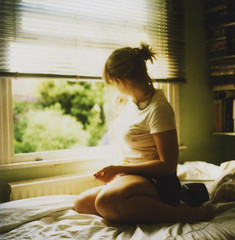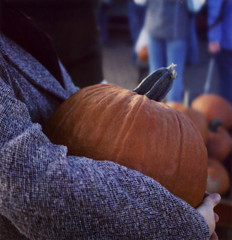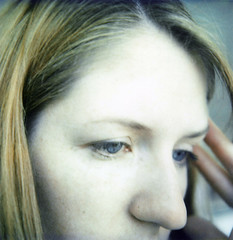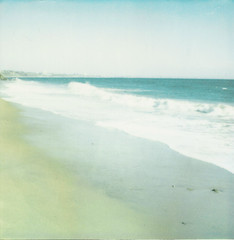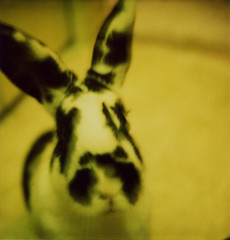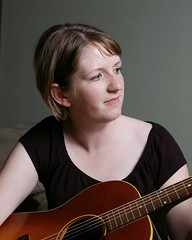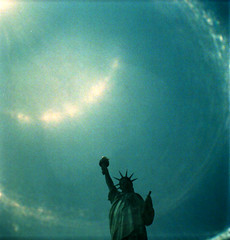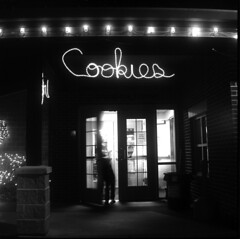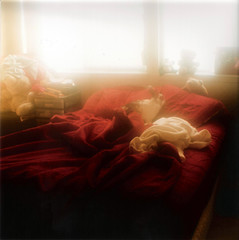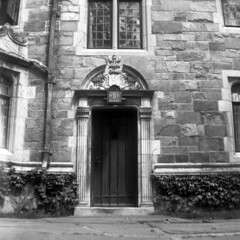Really, it was two things that got me back into photography. One was the website Flickr, which opened an easy avenue for me to share my photos with a receptive audience. The other was the Polaroid SX-70.
The camera came back into my life at just the right moment. It had been my grandfather's camera, and I was given it when he passed about 10 years ago. I thought it was interesting at the time, but I just packed it away somewhere and forgot about it. I'm not sure what made me think of it again, but about two years ago I remembered the camera and started to see if I couldn't still use it. To my great surprise, Polaroid did indeed still produce film for it.
I took it to an out of state wedding that weekend and it was love at first shot. Everyone was intrigued by such an old strange camera, and I ended up giving a lot of the best shots away. I picked up a photo scanner, and once I found what a large and growing community there was around Polaroid cameras and film, the hook was set.
The elegant simplicity of the camera is its biggest charm - it's a single-lens-reflex camera that folds completely flat into an easy to carry package. My camera is manual focus, but it sets the exposure automatically. All you do as a photographer is compose, focus, and shoot. You don't have any post-processing control over developing, color, saturation, or contrast, and that can be incredibly freeing as a photographer. You just concentrate on the basics of composition and lighting and let the camera do the rest.
Unfortunately Time-Zero, the Polaroid film for the SX-70, was phased out of production in 2006. It had a unique color cast to it, mixing green in where it should be blue, and a strange desaturated look. I was a big fan of the look, but all good things must come to an end. Thankfully, there are ways to use Polaroid 600 film in the SX-70, from using a ND filter over the lens or film, to modifying the camera's circuitry to compensate for the faster film.
I recently had my camera modified by a friend to accept 600 film, and I'm blessed to have it back. If you're interested in having one yourself, check his auctions on ebay, as they frequently come up for sale there.
Tough to be a bird: How birds handle cold weather
23 hours ago

